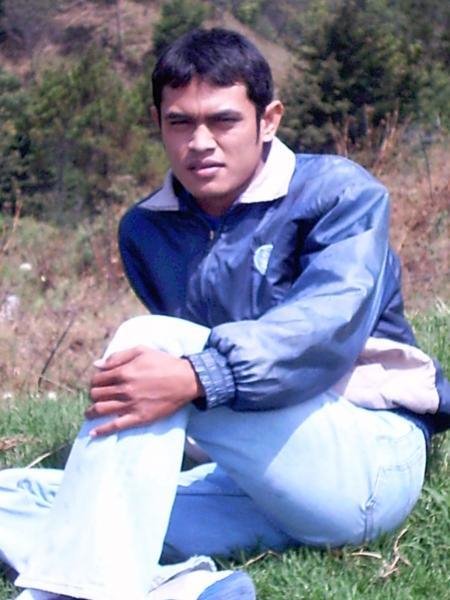Gestalt Psychotherapy: The Empty Chair
Theories of Counseling
This is my story in conducting my portfolio competency of counseling in mental health: Gestalt Psychotherapy “the empty chair” at my apartment in Philadelphia. My client was a 45-years old Indonesian, male who works in a paper company in Camden New Jersey. My client has been living in the United States for more than three years after working a year in Ontario Canada.
First of all, I told him that this session is about 45 minutes. He agrees and will be active and serious during this session. I ask him some question related to his relationship and problems with his friend. According to him, he is both angry at his friend and feeling guilty about his anger. He has kept his angry for more than three months. He is so angry with him since many times the friend gives formation to their boss and supervisor that he is lazy and uncooperative as teamwork.
After asking some questions, I place two chairs directly opposite to each other. I shift the client into these chairs for dialog role play; experiences conflict talking to an empty chair as if it were the person he is angry with. I said “when you sit in one chair you will be playing the role of seeker”. And when you sit in the other chair you will be playing the role of an enlightened sage. “I ask him to imagine his friend sitting in chair and tell them what he thinks. I continue: “imagine your friends in this chair (about 3 feet away), see him vividly, and talk to him about what you are feeling now”.
He begins to play the role of the seeker and express his feeling to the empty chair as if there was an enlightened sage sitting in the chair (the client express his feelings by speaking in the direction of the chair). I see the client's inner conflict emerge with increasing power as her thoughts, feelings of guilt, and bodily responses associated with anger come into awareness. I ask him to establish a dialog, to explore the internal tension. I try to pay attention to the verbal and non-verbal responses. I ask the client to act out and express some of his angry feelings. I am surprise because I see that as a seeker role (sits in the first chair), he is uncertainty, tense, curious, needy, agitated, frustrated and speaks in high tone. In contrary, when he acts as sage role (sits in the second chair) he speaks in low tone, clearly, wise, calmly, and confident. He sometimes smiles and relaxes.
During the empty chair technique, in which an empty chair represents another person or another part of the client’s self. It emphasizes on dealing with problems in the present. The emphasis is on what is being done, thought, and felt at the moment (here and now). I agree that the empty chair technique is typically used with interpersonal problems (i.e. a client angry at someone else, feels too submissive, lonely, etc.) It is a kind of to role playing, but in this case, the client plays both roles.
In my conclusion, as a beginner, the first empty chair I conducted has been very useful and successful during working with my client. The intervention works since my client is aware of what his is doing, how he is doing it and how he can change himself. this method stimulates thinking, highlighting emotions, and attitudes. He recognizes that the conflict being explored in the external dialogue with his friend can also be understood and more effectively resolved as a reflection of a deep internal tension. At the same time he learns to accept and value himself.
By employing two chairs, I guess that the counselor may ask the client to change places as the conversation unfolds. The actual acting and movement helps the client to get in touch with deeper emotions. Moreover, the empty chair is used to transform talking about situations into ones that bring the individual into the here and now. When the client expresses a conflict with another person, through this technique, the client is directed talking to another person who is imagined to be sitting in an empty chair. This helps the client to experience and understand his feeling clearly. In my point of view, the focus of this method is more on what is happening (the moment-to-moment process) than what content is being discussed. It takes into account the whole person including thoughts, feelings, behavior, body sensations, and dreams.
I believe that the main goal of empty chair method is for the client to become aware of what they are doing, how they are doing it, and how they can change himself and, at the same time, to learn to accept and value them. The other goals are to have client express the issues and feelings he is experiencing in his relationship with his friend now, the hidden feelings perceived in the relationship, and the desired solutions to the stated situation. I think that this technique can be used not only for conflicts between individuals but also for discrepant feelings within one person. I also find that this technique can raise client’s awareness regarding how his function in his environment (i.e. friends, work, etc).
Finally, again, I find that when he sits in the first chair, he is uncertainty, tense, curious, needy, agitated, frustrated and speaks in high tone. When he sits in the second chair, he speaks clearly, low tone, wise, calmly, and confident and sometimes smiles. This experience makes me so surprise.
http://www.inna-ppni.or.id
Music Media
Subscribe to:
Post Comments (Atom)


No comments:
Post a Comment